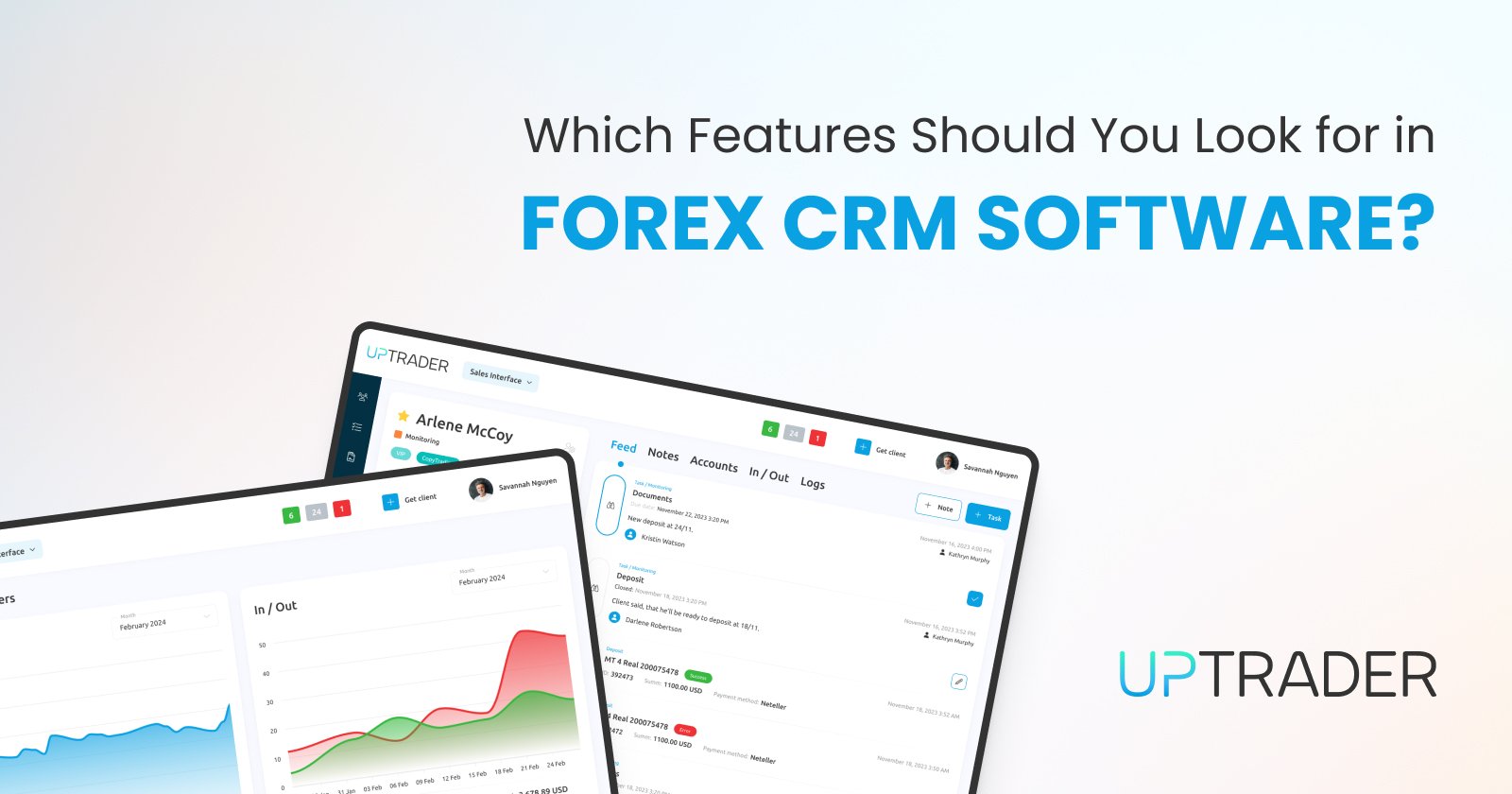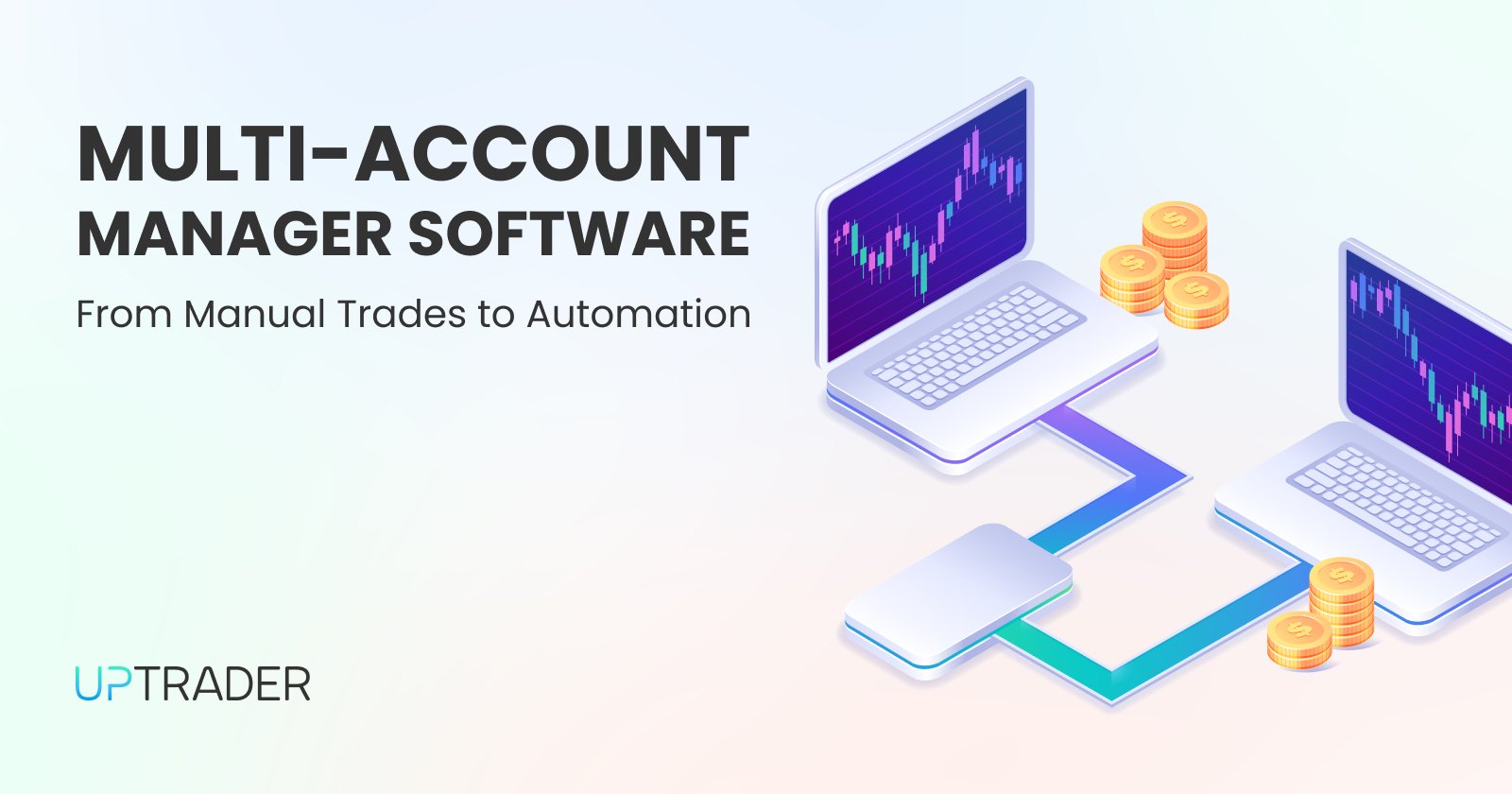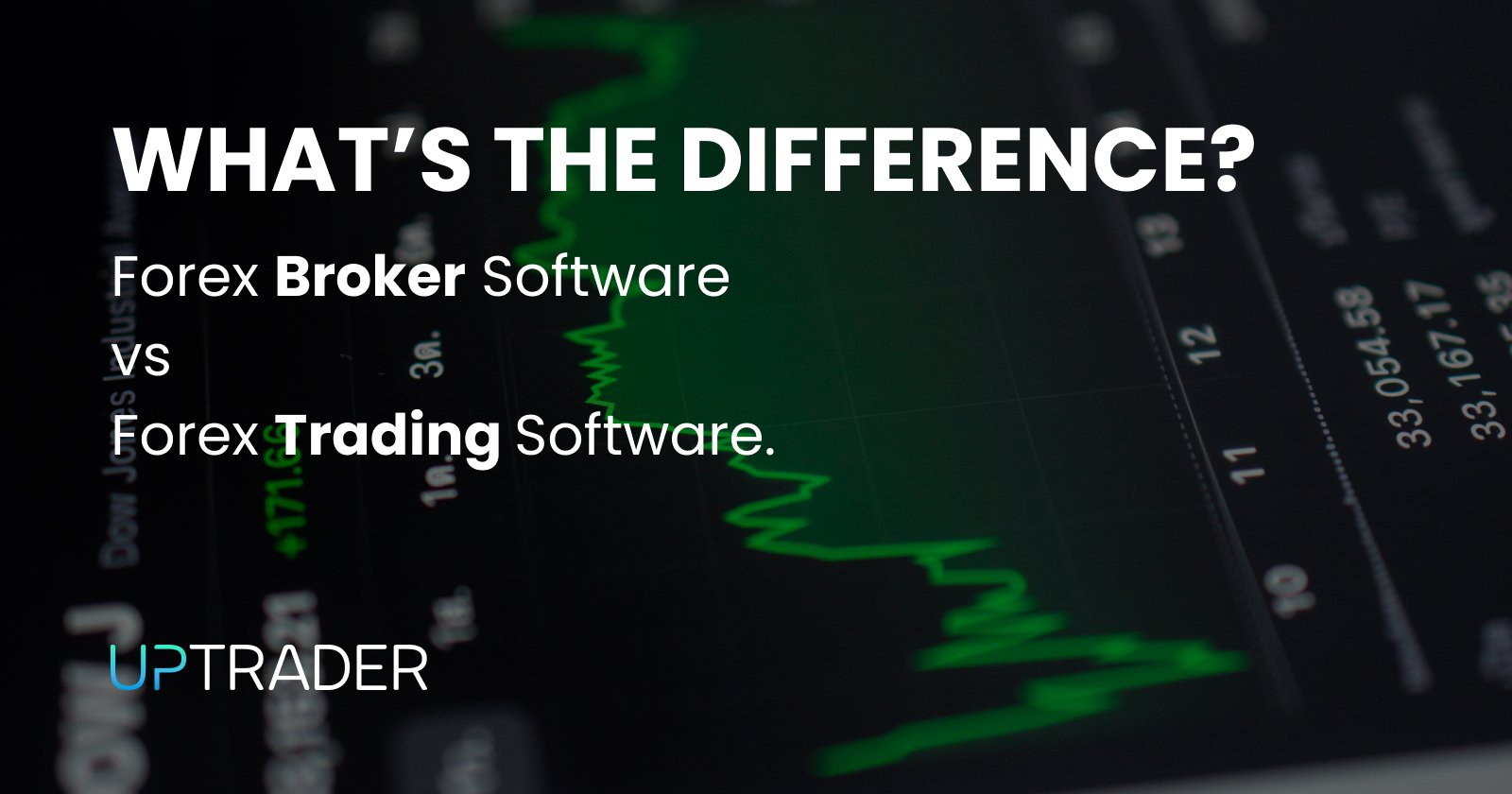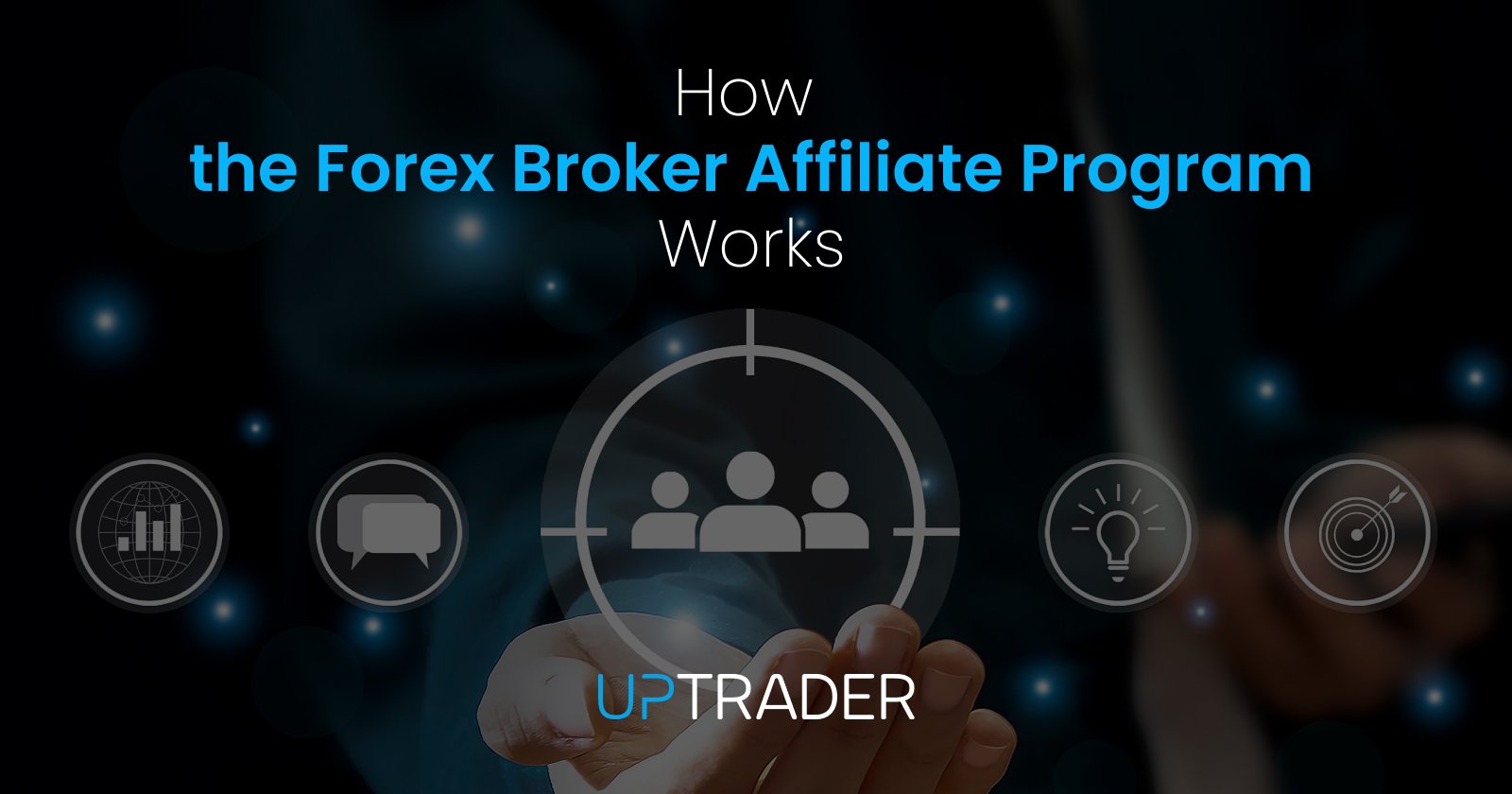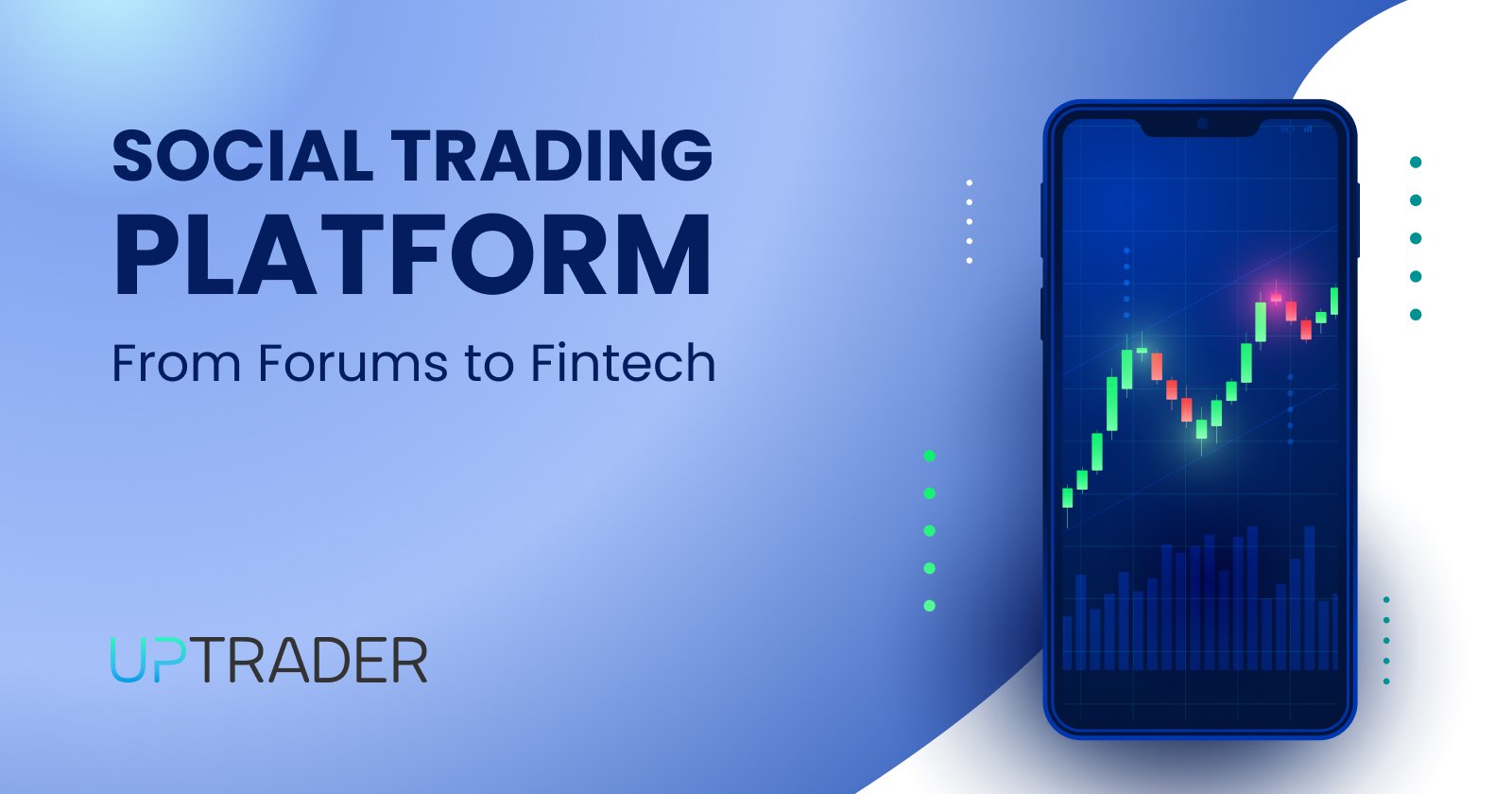
Best Introducing Broker Programs in 2025: Full Comparison
By 2025, online trading is bigger than ever, pulling in retail investors, hedge funds, and even corporate desks from around the world. Because so many new players are signing up, brokers that once catered mainly to professionals now chase everyday clients, and they need trusted middlemen to help manage that influx. Enter the best introducing broker programs.
They let people and firms earn a cut of the commissions simply by bringing new accounts, so everyone involved benefits as long as the clients stay happy. As appealing as the idea sounds, the reality can vary. A lot of affiliate programs parade huge earnings on their front page, but the reality-a cramped commission structure, clunky software, and slow reports-usually hides in the fine print nobody bothers to read. Every once in a while, you find a site with a polished dashboard and lightning-fast support, only to discover its payout is so tiny that even the keenest promoters throw in the towel after a few months.
To cut through the noise, this article lines up the top 2025 schemes and scores them on payouts, tools, service speed, payment frequency, and the freedom they let partners build their brands.
What Is an Introducing Broker Program?
Before diving into that comparison, it's worth clarifying what an IB program is. An introducing broker sits between a trader and a brokerage, bringing fresh clients to the latter in exchange for a set fee. Because the IB neither holds funds nor places trades, this setup keeps all trading risk away from its balance sheet.
Clients get matched with trustworthy brokers, usually paired with tailored welcome calls. Brokers gain fresh accounts without shouldering extra ad costs. IBs, in turn, collect a steady revenue stream linked to how actively those clients trade.
Thanks to automated tracking, smooth integration, and near-instant reporting, these programs have never looked better. The top schemes now offer more than passive income; they deliver complete partner ecosystems.
What Makes a Best Introducing Broker Program?
When evaluating IB programs, it's tempting to focus only on the commission rate. Savvy partners, however, dig a little deeper. A really strong programme in 2025 lives or dies by six core features:
- Transparent Payouts: Clear, consistent commission rules, not secret bonus schemes.
- Real-time Reporting: Live dashboards and up-to-the-minute analytics that drive quick tweaks.
- Flexible Plans: Tiered incentives that reward loyalty and high-quality clients.
- Marketing Tools: Ready-made banners, landing pages, CRM access, and more, ready to copy.
- Dedicated Support: Relationship managers who understand the partner's goals.
- Reputation & Regulation: Trustworthy, licensed brokers who bring peace of mind to everyone.
1. UpTrader Partnership Program
UpTrader has quickly established itself as one of the most innovative introducing-broker programs of 2025, and it offers far more than straightforward commission payments. Acting at once as a software provider and brokerage adviser, the company enables partners to earn from referrals and also equips them to launch their own brokerage firms.
Highlights: dual earnings model that combines commission from referrals with consulting and reseller income, an affiliate CRM featuring multi-level tracking, automated reports, and lead segmentation, white-label readiness for anyone wanting to create their trading brand, and custom support that treats small partners and large consultancies with the same level of care.
What makes UpTrader particularly distinctive is its flexibility; it is not merely an IB program, it is a launchpad for marketers, educators, and agencies aspiring to build sustainable fintech businesses.
Ideal for experienced partners, consultants, fintech resellers, and IBs who want greater control over branding and client management.
Talk to a consultant and request a personalized demo today!
2. IC Markets Introducing Broker Program
IC Markets runs one of the steadier and most professional introducing-broker programs in the industry, especially for forex shops handling high-frequency or algorithmic trades. Thanks to low spreads and near-instant execution, commissions are charged on a volume basis, landing between $5 and $10 per traded lot.
Partners have access to detailed reporting dashboards, flexible commission models (including CPA options), and responsive partner support. For IBs who attract serious traders using EAs or automated strategies, IC Markets stands out as a performance-driven partner with a reputation for speed and transparency.
3. FP Markets IB Program
FP Markets offers a straightforward and effective IB program that appeals to new and mid-level partners looking for simplicity without sacrificing quality. Commissions begin at 3 for every traded lot and rise as volume increases.
With access to forex, crypto, indices, and commodities, IBs can serve a broad spectrum of clients. Multilingual support, ready-made banners, and other marketing tools are included to help partners grow organically.
It is an excellent choice for those who want fast onboarding and easy scalability with minimal friction.
4. Pepperstone Partner Program
Pepperstone brings a strong reputation and regulatory reliability to the table, which makes its IB program attractive for those who prioritize brand trust. The broker allows partners to choose between revenue-share and CPA models, and its platforms — cTrader, Trading Platform 4 and 5 — are popular with both beginners and experienced traders.
With dedicated partner managers and comprehensive marketing tools, Pepperstone makes it easy to launch and manage campaigns while focusing on client quality. For those who value global licensing, professional presentation, and technical consistency, Pepperstone remains a top-tier option.
5. FXTM Partner Program
FXTM has overhauled its partner programme for 2025, placing new weight on regional outreach and hybrid marketing. Depending on asset type and client turnover, IBs can earn up to twenty dollars for every traded lot.
FXTM equips partners with a CRM portal, regionalised materials, and bonus programmes for high performers. It’s well-suited to IBs who want to blend online and in-person client acquisition.
6. Axi Introducing Broker Program
Axi, formerly AxiTrader, continues to be a reliable choice for those looking for a transparent, no-nonsense IB program. Axi, for its part, offers a straightforward revenue split of up to twenty percent while keeping the entire cycle simple. Its clean trading environment and solid client retention let partners enjoy steady returns without wrestling with constant churn. Equally important,
Axi's support team is hands-on and truly communicative, guiding IBs through every stage of the partnership. It’s especially effective for educators, signal providers, and small financial communities looking for consistency.
How to Choose the Right Program
1. Know Your Audience
Are you aiming at brand-new traders or seasoned pros? Some brokers excel at teaching beginners, while others cater to high-frequency or institutional clients.
2. Consider the Payout Structure
Would you rather take a one-time CPA, a steady revenue share, or a mix of both? Lifetime commissions are nice because they can add up over time, but they only work if the customer stays active.
3. Test the Platform Yourself
Before you start promoting, open an account and feel the trading conditions first-hand. Speed, spread, and execution will show you what to really expect.
4. Ask About Tiered Rewards
Many programs hand out bonuses when you hit certain milestones, and aggressive growth plans can turn these incentives into serious cash.
5. Evaluate Support Quality
A responsive, dedicated partner manager can make or break your success. Seek brokers that view IBs as long-term allies, not just one-time lead generators.
Trends Shaping IB Programs in 2025
The world of brokerage marketing is moving faster than ever, with new tools and expectations emerging almost daily. Here are five shifts that are rewriting the playbook for introducing broker programs this year.
- Data-Driven Campaigns: IBs now expect live dashboards that show every click, sign-up, and conversion, letting them tweak ads on the fly.
- Multi-Tier Structures: Many firms are introducing sub-affiliate tiers, so IBs can onboard partners and earn from their activity as well.
- Crypto Integration: With digital assets booming, several programs now let affiliates choose to receive commissions in USDT or Bitcoin.
- Education & Community Building: The top IBs of 2025 have already launched Telegram groups, Discord servers, and YouTube channels to share tips and keep clients engaged.
- Automation & CRM Tools: Access to partner CRMs that auto-segment leads, score interest, and trigger timely follow-ups has become a true game changer.
Conclusion and Final Thoughts
In today's crowded financial space, introducing-broker programs are no longer just a referral fee — they're full-fledged business ecosystems. The most successful setups in 2025 fuse clear commissions, cutting-edge tech, ongoing training, and a mindset geared toward the long haul.
Whether you’re a full-time affiliate, a financial influencer, or a trading educator, there’s a program out there aligned with your goals. What matters most is building trust with your audience and partnering with a broker that honors your contribution.
Success as an IB doesn’t come overnight. But with the right broker partnership, you’re not just earning commissions — you’re building a brand, a reputation, and a community.
If you are willing to take advantage of incredible features like Affiliate Programs, PAMM, and MAM modules, Copy Trading platforms, CRM solutions, etc, then talk to a consultant on our site, or try UpTrader today.





